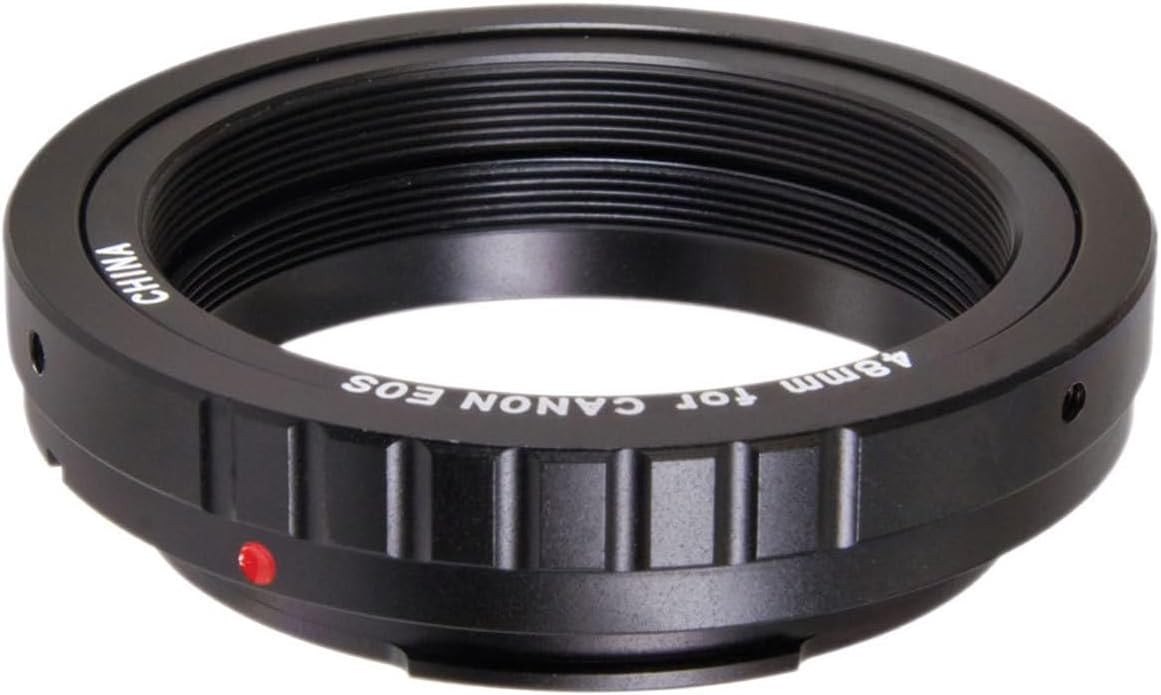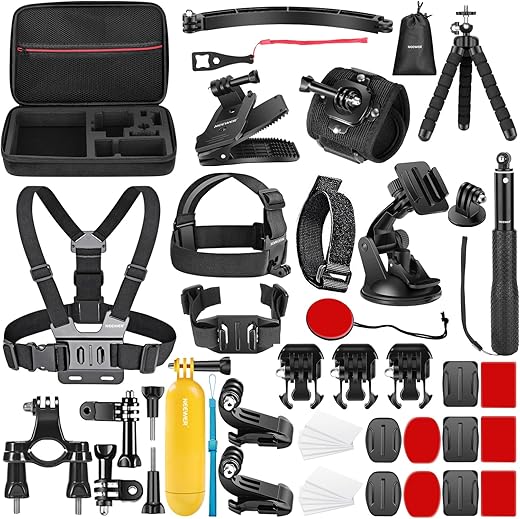
Are Expensive Sunglasses Better for Kids?
Imagine the joy on your child’s face as they explore the great outdoors, soaking up the sun’s warm rays. As a parent, it’s only natural to prioritize their safety and well-being. Sunglasses are often seen as a vital accessory to protect their delicate eyes from harmful UV rays. However, with the vast array of options out there, it’s easy to become overwhelmed. Are expensive sunglasses truly better for kids, or is it just a marketing ploy? In this blog post, we will delve into this question and explore the factors to consider when selecting sunglasses for your little ones. Join us as we navigate this important subject together, ensuring our children’s eyes are shielded with the best possible protection.
Trendy shades for stylish little ones: Sunglasses kids’ bestsellers





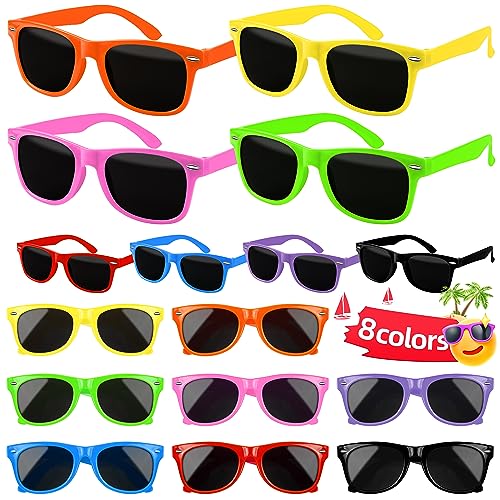
Protecting Children’s Eyes from Harmful UV Rays
As parents, the health and well-being of our children is always a top priority. We invest time and effort in making sure they eat healthy, exercise regularly, and get proper rest. However, one aspect that often gets overlooked is protecting their eyes from harmful UV rays. While most of us remember to put sunscreen on our children to shield their skin, we may not realize that their eyes are just as vulnerable to the damaging effects of the sun.
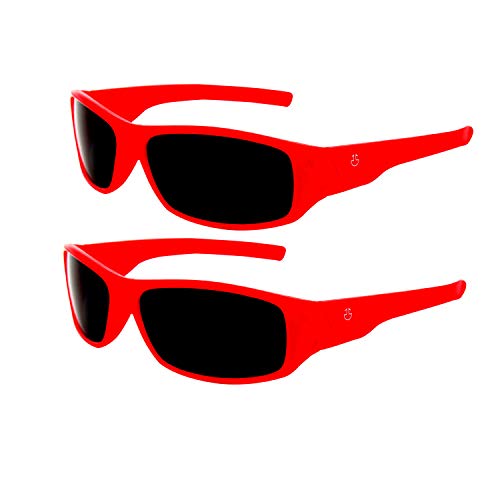

The Vulnerability of Children’s Eyes
Children’s eyes are more susceptible to the damaging effects of UV radiation than adults’ eyes. This is because the lens inside a child’s eye is still developing and is unable to filter UV rays as effectively as an adult’s lens. Moreover, children tend to spend more time outdoors than adults, increasing their exposure to harmful UV rays.
Potential Consequences of Unprotected Eyes
Exposing children’s eyes to excessive UV radiation can lead to various eye problems, including:
- Cataracts: Prolonged exposure to UV rays can increase the risk of developing cataracts later in life.
- Retinal Damage: The sensitive retinal tissues in children’s eyes can be damaged by UV radiation, leading to vision problems.
- Photokeratitis: Also known as “sunburn of the eye,” photokeratitis is a painful condition caused by excessive exposure to UV rays.
The Role of Sunglasses in Safeguarding Vision
Now that we understand the significance of protecting children’s eyes from harmful UV rays, the next question is: how can we effectively shield their eyes from these damaging rays? This is where sunglasses come into play, offering several key benefits:
UV Protection
One of the primary purposes of sunglasses is to provide adequate UV protection. When purchasing sunglasses for your child, make sure they offer 100% UV protection. This means that the lenses block both UVA and UVB rays, providing complete coverage.
Blue Light Protection
In addition to UV rays, sunglasses can also protect against blue light. Blue light is emitted by electronic devices, such as tablets and smartphones, and prolonged exposure to it can cause eye strain and disrupt sleep patterns. Sunglasses with blue light filtering capabilities can help alleviate these concerns.
Comfort and Reduced Glare
Sunglasses not only protect against harmful rays but also improve vision by reducing glare. Glare from bright sunlight, water surfaces, or snowy environments can strain children’s eyes and impair their ability to see clearly. Wearing sunglasses minimizes glare and enhances comfort, allowing children to enjoy outdoor activities without discomfort.
Fashionable and Fun
When it comes to getting children to wear sunglasses, one way to make it an enjoyable experience is by choosing stylish and age-appropriate designs. Nowadays, sunglasses for kids come in a variety of colors, shapes, and patterns that are sure to appeal to their interests and capture their attention.
The Next Step: Choosing the Right Sunglasses
Now that you are aware of the importance of sunglasses for kids, the next step is selecting the right pair for your child. Here are a few factors to consider when making your choice:
- UV protection: Ensure the sunglasses provide 100% UV protection.
- Fit and comfort: Opt for sunglasses that fit properly and are comfortable to wear.
- Durability: Look for sunglasses that are made from sturdy materials to withstand the activities and energy of children.
- Age appropriateness: Select sunglasses suitable for your child’s age and activities.
Remember, investing in a good pair of sunglasses for your child is an investment in their eye health. By providing them with adequate protection from harmful UV rays, you can help safeguard their vision and ensure they can enjoy the beauty of the world around them for years to come.
Quality and Durability of Expensive Sunglasses
When it comes to protecting our children’s eyes from harmful UV rays, the importance of high-quality sunglasses cannot be overstated. While it may be tempting to opt for cheaper alternatives, investing in a pair of expensive sunglasses for your kids can offer numerous benefits that outweigh the initial cost. In this blog section, we will explore the various advantages of choosing high-quality sunglasses, including superior UV protection, durability, and enhanced comfort.



Superior UV Protection
- Expensive sunglasses are designed to provide maximum UV protection, shielding your child’s eyes from harmful UVA and UVB rays.
- Cheap sunglasses may not offer sufficient UV protection, leading to long-term eye damage.
- High-quality lenses often come with specialized coatings that minimize glare, making it easier for kids to see clearly in sunny conditions.
Increased Durability
- Premium sunglasses are crafted from durable materials that can withstand the wear and tear associated with active kids.
- Cheap sunglasses are more likely to break easily, potentially compromising eye protection and requiring frequent replacements.
- Expensive frames are often made from materials like titanium or high-quality plastics, ensuring they can endure rough handling.
Longevity and Cost Efficiency
- Although expensive sunglasses may initially seem like a significant investment, their durability translates into a long lifespan.
- By choosing quality sunglasses, you can avoid regularly replacing damaged or broken pairs, ultimately saving money in the long run.
- Resilient frames and scratch-resistant lenses minimize wear and tear, allowing the sunglasses to be passed down to younger siblings or even sold second-hand.
Enhanced Comfort
- High-quality sunglasses prioritize comfort by employing ergonomic designs, lightweight materials, and adjustable components.
- Non-irritating nose pads, cushioned temples, and adjustable nose bridges ensure a comfortable fit for children of all ages.
- Cheap sunglasses may feel uncomfortable, leading to potential resistance from children to wear them regularly.
Style and Self-Confidence
- Expensive sunglasses often feature stylish designs and trendy shapes, allowing children to express their individuality while protecting their eyes.
- Brands that cater to the youth market offer a wide range of colors and patterns that appeal to kids and match their personal style preferences.
If you’re still unsure whether the investment in high-quality sunglasses for your kids is worth it, consider the long-term benefits, including superior UV protection, increased durability, enhanced comfort, and the opportunity for your child to express their unique style. While the initial cost may seem daunting, remember that investing in your child’s eye health and wellbeing is priceless.
Affordable Sunglasses and their Effectiveness
With summer just around the corner, many of us will be reaching for our sunglasses to protect our eyes from the sun’s harmful rays. While we all want to look stylish, it’s also important to ensure that our sunglasses provide effective UV protection. But do affordable sunglasses really offer the same level of protection as their pricier counterparts? In this blog section, we will examine the effectiveness of affordable sunglasses in providing UV protection and discuss the potential drawbacks of opting for cheaper options.



Understanding UV Radiation
Before we delve into the effectiveness of affordable sunglasses, let’s quickly touch upon the impact of UV radiation on our eyes. UV rays are invisible rays emitted by the sun that can cause significant damage to our eyes if not properly shielded. Prolonged exposure to UV radiation can lead to conditions such as cataracts, macular degeneration, and even ocular melanoma. Hence, it is crucial to wear sunglasses that offer adequate UV protection.
The Role of Sunglasses in UV Protection
Sunglasses play a vital role in safeguarding our eyes from the harmful effects of UV radiation. They act as a barrier that blocks or absorbs UV rays, reducing their penetration into our eyes. Good quality sunglasses shield against both UVA and UVB rays, which are the two primary types of ultraviolet radiation. This protection is typically achieved through specialized coatings or materials that effectively filter out the harmful rays.
The Pros and Cons of Affordable Sunglasses
Affordable sunglasses, often priced significantly lower than high-end brands, are a popular choice due to their affordability. However, it’s essential to consider the potential drawbacks before making a purchase. Let’s explore the pros and cons of opting for cheaper sunglasses:
Pros of Affordable Sunglasses:
- Affordability: Lower price point makes them accessible to a wider range of consumers.
- Fashion-forward: Many affordable sunglasses offer trendy styles and designs, allowing you to stay fashionable without breaking the bank.
- Easily replaceable: Since they are less expensive, if you accidentally lose or damage them, it’s easier to replace them without a significant financial burden.
Cons of Affordable Sunglasses:
- Inferior UV protection: Some affordable sunglasses may not provide adequate protection against UVA and UVB rays. The effectiveness of UV protection is determined by the quality of lenses and coatings used.
- Durability: Cheaper sunglasses may not be as durable as higher-end options, which can result in a shorter product lifespan.
- Impact on vision: Lower quality lenses may distort colors or reduce visual clarity, causing eyestrain or discomfort.
Making an Informed Choice
When purchasing sunglasses, it’s crucial to strike a balance between affordability and UV protection. To ensure you are getting sunglasses that offer adequate protection, consider the following factors:
- Look for sunglasses labeled as having 100% UVA and UVB protection. This indicates that the lenses have been designed to block all harmful UV rays.
- Opt for sunglasses with polarized lenses, as they not only reduce glare but also enhance visual clarity.
- Check for relevant certifications and standards, such as those from the American National Standards Institute (ANSI) or the European Union’s CE mark, which signify compliance with safety standards.
- Read reviews and check customer feedback to get an idea of the product’s durability and UV protection.
Remember, quality sunglasses are an investment in your eye health. While affordable options may be tempting, it’s worth considering the potential risks associated with inadequate UV protection.
In conclusion, affordable sunglasses can be a budget-friendly option, but it’s important to do your research to ensure they offer adequate UV protection. By considering factors such as UV ratings, lens quality, and certifications, you can make an informed choice that protects your eyes and ensures long-term eye health.
Factors to Consider When Buying Sunglasses for Kids
Shopping for sunglasses for children can be a daunting task. As a parent, you want to ensure that your child’s eyes are protected from harmful UV rays, while also finding a pair of sunglasses that are durable and comfortable to wear. With so many options available, it can be overwhelming to know where to start. In this blog post, we will discuss the key factors to consider when buying sunglasses for kids, helping you make an informed decision.

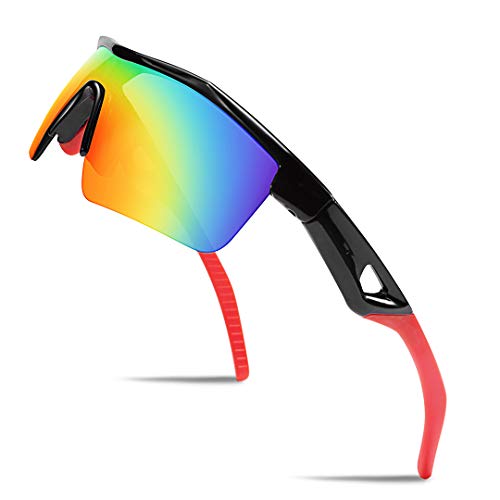

UV Protection Level
One of the most important factors to consider when purchasing sunglasses for children is the level of UV protection they provide. Exposure to UV rays can harm the delicate eyes of young children and increase the risk of eye diseases later in life. When selecting sunglasses, look for the following:
- Opt for sunglasses that offer 100% UV protection. This ensures that both UVA and UVB rays are blocked, safeguarding your child’s eyes from harmful radiation.
- Look for sunglasses with a UV400 rating. This means that they block all UV rays up to 400 nanometers, providing maximum protection.
- Consider sunglasses with polarized lenses. While not directly related to UV protection, polarized lenses reduce glare and improve clarity, making outdoor activities more enjoyable for your child.
Frame Material
The choice of frame material is crucial, as it determines the overall durability and comfort of the sunglasses. Consider the following options:
- Plastic frames: Lightweight and more affordable, plastic frames are an excellent choice for kids. They are less likely to break, making them suitable for active children.
- Metal frames: Metal frames offer durability and a sleek appearance. However, be cautious as they may be heavier and less comfortable for younger children.
- Rubber frames: Sunglasses with rubber frames are popular for toddlers and young children as they are soft, flexible, and less likely to cause discomfort.
Lens Quality
The quality of the lenses greatly affects comfort and vision clarity. Consider the following factors:
- Impact resistance: Look for lenses made of impact-resistant materials, such as polycarbonate. This ensures that the sunglasses can withstand accidental drops or rough handling, making them more durable and long-lasting.
- Scratch resistance: Children’s sunglasses are prone to scratches due to active lifestyles. Opt for lenses with scratch-resistant coatings to ensure clear vision and longevity.
- Anti-glare coating: Sunglasses with an anti-glare coating enhance visual comfort by reducing glare from reflective surfaces such as water or snow. This feature is especially beneficial for outdoor activities like skiing or swimming.
Fit
The fit of the sunglasses is crucial for both comfort and effectiveness in protecting your child’s eyes. Consider the following aspects:
- Size: Ensure that the sunglasses fit your child’s face properly. They should cover the eyes adequately without being too small or too large.
- Wrap-around design: Sunglasses with a wrap-around design provide added protection by reducing peripheral light from entering the eyes. They also stay in place better during active play.
- Adjustable features: Look for sunglasses with adjustable nose pads and temple tips. These allow for a customizable fit, ensuring that the sunglasses are comfortable and stay in place.
Additional Factors
Apart from the main factors mentioned above, you may also consider the following:
- Style: Let your child choose sunglasses they love to encourage them to wear them regularly and protect their eyes in style.
- Cost: While it’s important to find the right balance between quality and budget, remember that protecting your child’s eyes should take priority over cost.
- Warranty: Sunglasses with a warranty provide peace of mind, as they indicate the manufacturer’s confidence in their product’s quality and durability.
Conclusion
By considering these factors when purchasing sunglasses for your child, you can ensure that their eyes receive the protection they need, while also providing comfort and style. Remember, investing in high-quality sunglasses now will benefit your child’s eye health in the long run. Happy shopping!
References
- American Academy of Ophthalmology: Sunglasses for Children
- American Academy of Pediatrics: How to Buy Sunglasses for Kids
Drawing the Final Verdict
In conclusion, when it comes to choosing sunglasses for kids, it is essential to prioritize UV protection and durability rather than the price tag. While expensive sunglasses may offer some additional features, the key factors to consider are the level of UV protection and long-lasting quality. Ensuring that your child’s eyes are shielded from harmful rays and that the sunglasses will withstand active play should be the primary focus. So, when in doubt, choose sunglasses that prioritize protection and durability, regardless of their cost.


